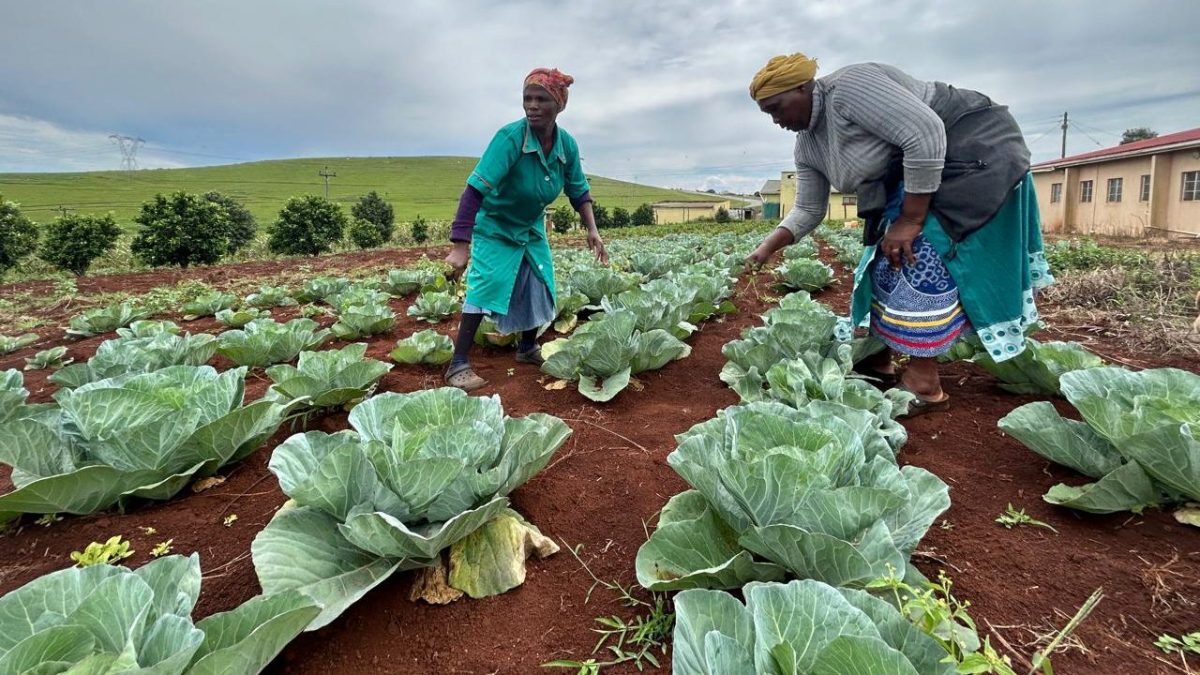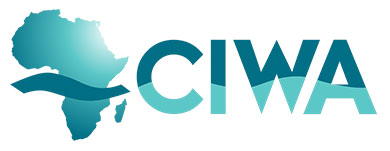Mfundo Macanda: Developing climate- smart agriculture in the Eastern Cape
Posted in : Blog on 15 May 2024

The eastern side of the Eastern Cape, a former homeland called Transkei during South Africa’s apartheid period, is a mostly rural area in South Africa. Livestock roam freely across gently rolling hills. It is defined by its unique sights— from the herds of spotted Nguni cattle that frequent abandoned beaches to round huts belonging to the Xhosa people.
The region is one of the least developed agriculturally in the EasternCapeandhashadlittleoveralleconomicgrowth. The area has enough water for agricultural development during the rainy season but, during the drier winters, water scarcity makes it impossible to produce crops year-round. The main crops are grains and vegetables—primarily for household consumption andsometimes forsellingsurplusestoneighbors.
For farmers and the agricultural sector to flourish and to increase food security and access to markets, farmers need to be supported with systems that ensure continuous production of high-quality produce. Farmers identify lack of year-round water availability, which is exacerbated by climate change, as their biggest limiting factor.
“For people to produce optimally, water—and water storage and irrigation—is the key,” says Mfundo Macanda, director of livestock production, research, and development in the Eastern Cape Department of Rural Development and Agrarian Reform (DRDAR).
“We need climate-smart agriculture” during winter’s dry conditions, Macanda says.
To develop inclusive and sustainable agriculture, the Eastern Cape Provincial Government turned to the World Bank and SADRI, a CIWA technical assistance that addressed cross- border drought risks, improved cooperation, and created a holistic vision of drought-risk management throughout Southern Africa until the project’s closing in June 2023.
The government and SADRI team created a concept for the development of rainwater harvesting for homesteads. They also identified potential investors who could drive development of outgrower arrangements with small-scale and homestead producers. The partnership could be supported by the IFC.
Macanda explains that, as a result of the work with SADRI, the provincial government is starting a three-year pilot program to introduce a micro-scale irrigation system for the production of high-value horticultural crops, first in households, then hopefully expanding it so people can supply fresh produce to local schools and hospitals, and finally scaling up to help farmers sell their crops in markets.
The goal of the pilot is to ensure that households and farmers can access water year-round through rainwater harvesting techniques and runoff, which is stored for irrigation of fields and crop production in the winter.
DRDAR is currently identifying villages and individual households to participate in the pilot.
The next step is developing the water storage system and then providing irrigation infrastructure to the fields for about 30 households selected for the pilot. The government will also provide them with free seedlings of trees and vegetables.
Says Macanda, “The farmers need economic support so they have a better chance of success.”


